This podcast found in:
- Raw RecipesRaw Recipes Index
- MoreGoodies, About, Praise + More
- StoreApps, Courses + More
- CelebrateSeasonal Suggestions
- New To Raw?Start Here
- WellnessCreating Healthy Habits
- CommunityRawtarian Community
Hello Beautiful!
It looks like you're new to The Rawtarian Community. If you'd like to get involved, click one of these buttons!
Login to Community Signup for an account Login using FacebookTrending Community Recipes
Latest in the Community Forum
-

Lorazepam Prix. Lorazepam Prix Belgique. Paris — France
Aprodal - 33 sec ago -

compre alprazolam sem receita online, compre alprazolam !
Razveest - 1 min 21 sec ago -

Valium Medicijn. Valium Rembours zonder ontvangstbewijs zonder ontvangstbewijs. Doornik — België
Aprodal - 1 min 48 sec ago -

Tramadol Ostaa. Osta Tramadol Toulouse. Tampere — Suomi
Baresta - 1 min 51 sec ago
-
- Community









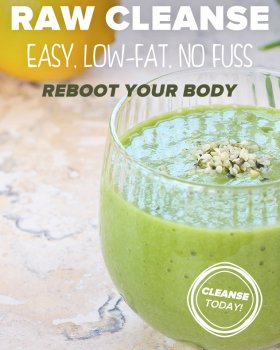











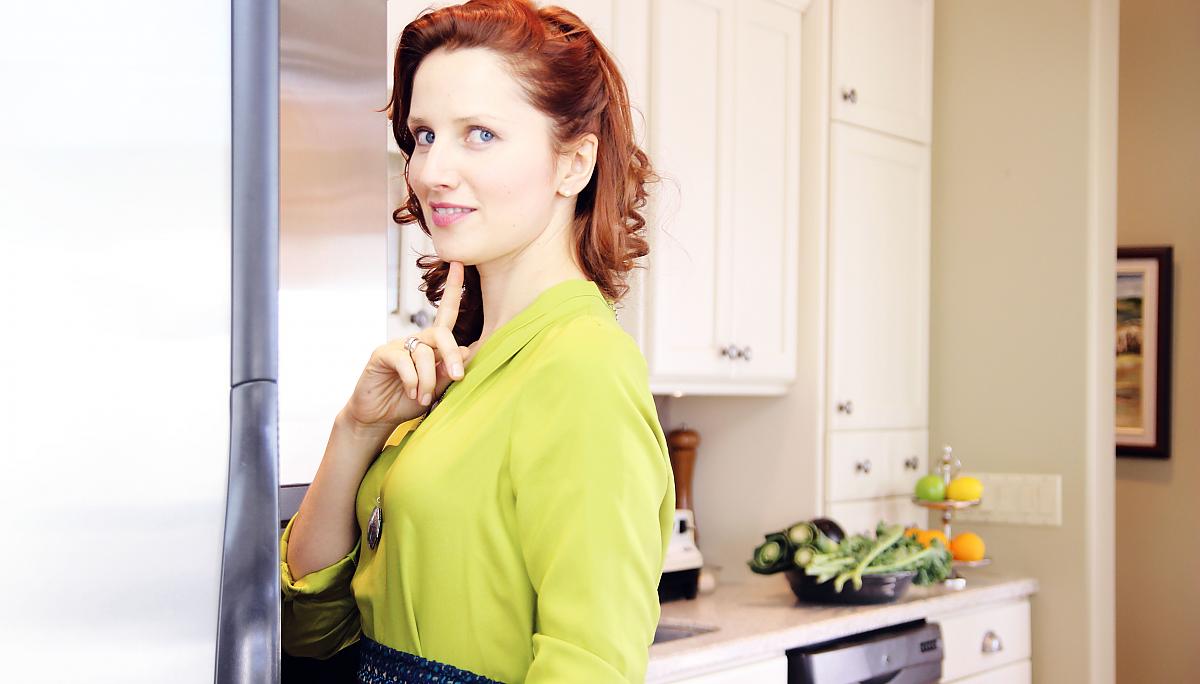
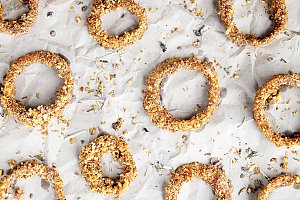
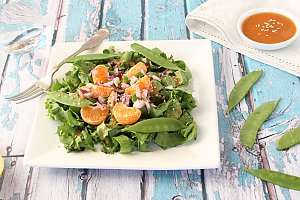
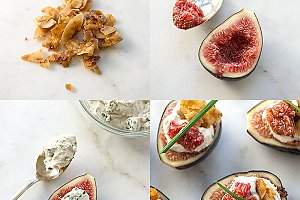
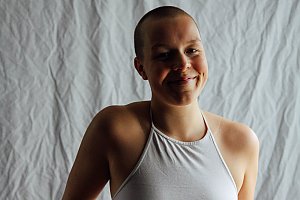
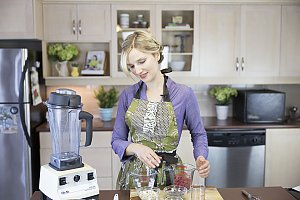
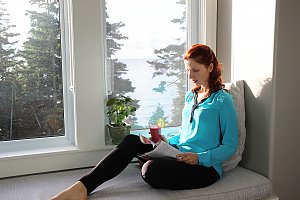

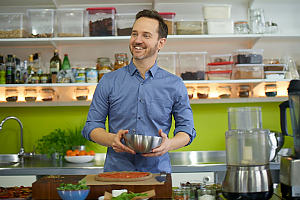
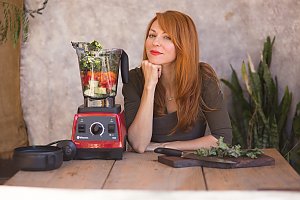
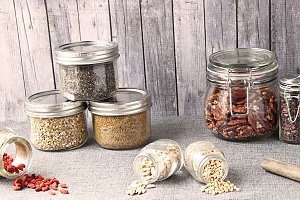

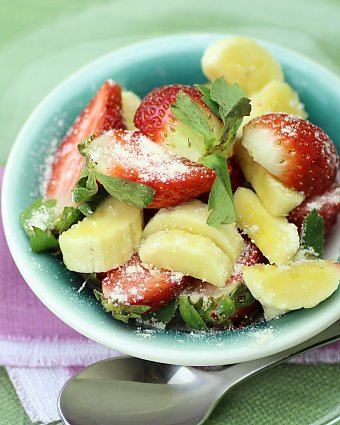
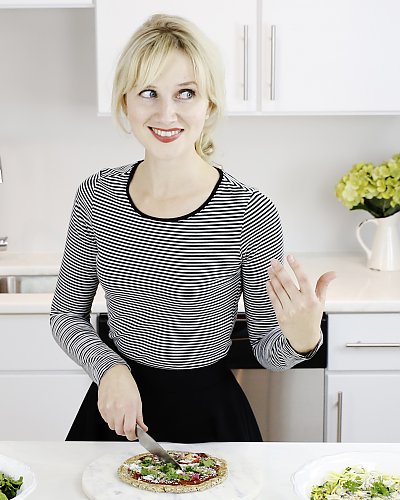
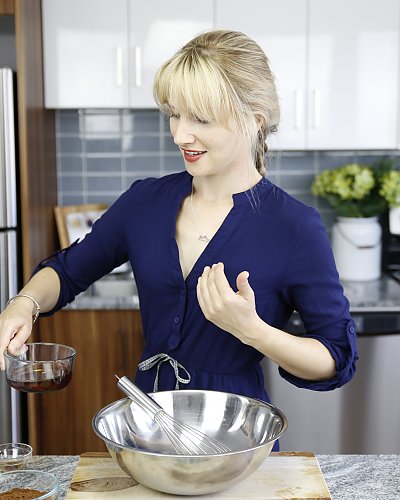
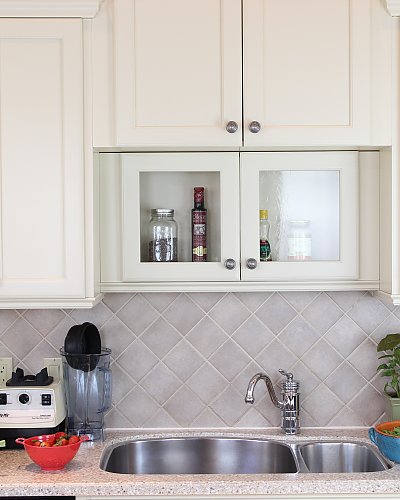





















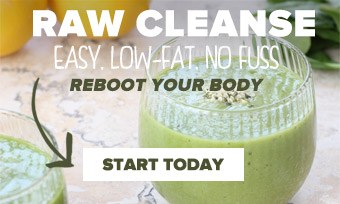
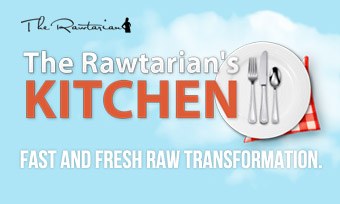
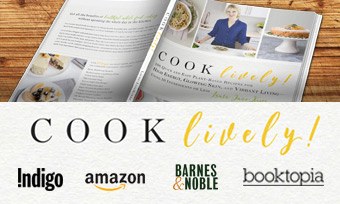
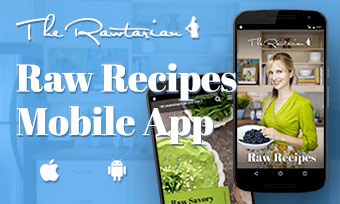
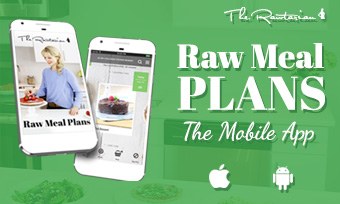




Top voted
All
Leave a Comment
The Rawtarian wants to hear from you! Let's get the conversation going! Leave a comment or review below.